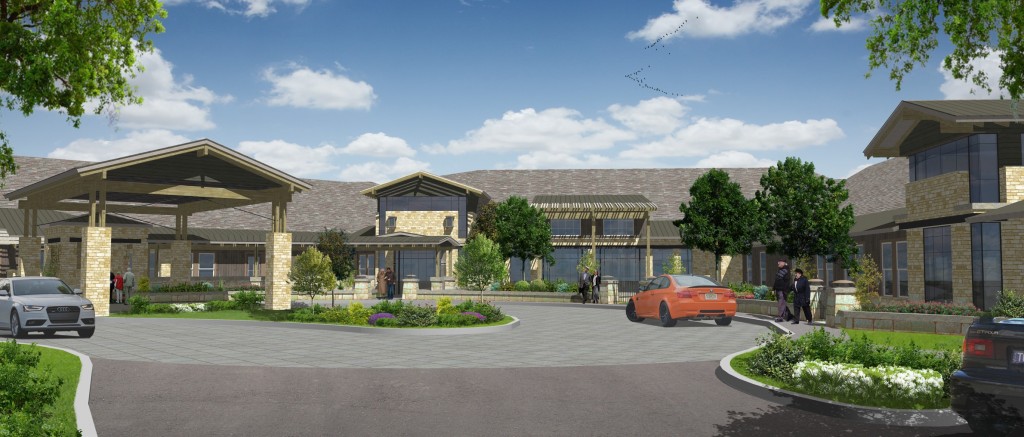Investing in Senior Housing and Assisted Living

Why Invest in Senior Housing and Assisted Living?
Senior housing is a niche property type that has gained mainstream recognition in commercial real estate investing. Institutional and private investors are increasingly looking to senior housing for higher yields and better investment returns.
- Demographic Trends: By 2030, 21% of the US population (74 million people) will be over the age of 65, driven by an aging Baby Boomer population and longer life expectancies.
- Economic Resiliency: Senior housing has demonstrated resilience to economic downturns, consistently outperforming other real estate sectors over the past 5, 10, and 15 years.
- Growing Market: The senior housing market is estimated to be over $420 billion with approximately 24,000 senior housing communities with over 25 beds.
Senior Housing Asset Classes
Senior housing properties typically provide both housing and services. The main asset classes include:
- Independent Living: Designed for seniors requiring little or no assistance, with a variety of on-site amenities and social programming.
- Assisted Living: State-licensed facilities combining housing with personal support services and healthcare assistance.
- Memory Care: Long-term care properties for residents with memory impairments, such as dementia and Alzheimer’s.
- Skilled Nursing: Licensed properties providing 24-hour skilled care for chronic and short-term conditions.
- Campuses: Continuing care retirement communities (CCRCs) offering a tiered approach to the aging process, allowing residents to move from one type of facility to another as their care needs change.
Demand Drivers
- Demographics: The aging Baby Boomer population is a major factor driving demand for senior housing. Boomers are actively moving into 55+ independent living properties and influencing demand for assisted living and skilled nursing facilities as decision-makers for their parents.
- Memory Care: Increased demand for specialized memory care facilities due to the prevalence of Alzheimer’s and other dementias.
- Geographic Concentration: Demand is widespread across the country, with a greater concentration in areas with larger aging populations.
Evolution of Demand
- Upgraded Image: Modern senior housing properties offer a variety of on-site amenities, such as nail salons, nature trails, and chef-run dining experiences, to keep seniors happy and engaged.
- Thoughtful Design: Facilities are designed with inviting atmospheres that are appealing and therapeutic, incorporating elements like retro environments and biophilic designs.
- Emphasis on Wellness: Communities are adding resort-caliber spas and fitness rooms to promote preventative care.
- Technology: Adoption of technology to keep residents engaged, monitor health and safety, and enable family members to “virtually” check in on their loved ones.
Why Senior Housing is a Unique Asset
Senior housing is a unique asset class, combining real estate with healthcare. Investors need to understand both the business operations and the fundamentals of the underlying real estate. Senior housing involves healthcare, requiring state licensing and encompassing various income sources, such as private pay, long-term care insurance, Medicare, Medicaid, or veteran’s benefits.
Synthesizing the Information
Investors should analyze potential purchases against local demographics, the operation of the business, the quality of the manager, the design and upkeep of the facility, and the regulatory environment of the state. This comprehensive approach provides better insight into the investment’s potential to meet or exceed targeted goals.
Getting the Help You Need
At Haven Senior Investments, we specialize in senior housing. Our mission is to serve owners, operators, buyers, and sellers of senior housing across the country. We provide the expertise and resources necessary to navigate this complex investment landscape.
Inquiry Form
Please fill out the form below, and a representative will get in touch with you within 24 hours.


